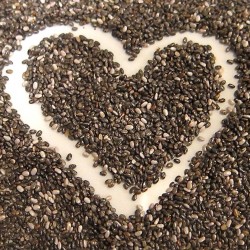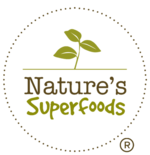-
No products in the cart.
False Claims on Chia Seeds

In the past three years, Chia has become the most sought after seed to have graced the superfoods market. Demand surged in 2013, and continued unabated in 2014. Prices followed suit. But still, consumers did not mind. Supply started to grow very rapidly in 2014, and prices started to fall gradually, to the joy of consumers. Then in third quarter 2014, Chia prices plummeted on the wave of oversupply that overshadowed demand. In Nicaragua, Chia prices fell 39%! Consumers went mad with joy. Suppliers, distributors and vendors got stressed. With the sudden drop in Chia prices, vendors struggled to avoid a price war, and sought to differentiate themselves from others. Some started to do the unthinkable – laying out false claims that their Chia from so-and-so country was the best in the world; some even claimed their Chia was more premium than others etc.
Can these claims be true? Do they really have the best Chia? Chia was discovered in Mexico, and grew in popularity from Mexico. When it was still not-so-popular, only die-hard athletes consumed it. Word got out of its benefits, and soon, it became so popular that there was a consumer market. Other farmers then decided to grow it, so as to catch on the wave of profits. Then other farmers from other countries decided to grow it as well. True, soil and climatic conditions were important, so, Chia started to be grown only in countries that could have the same climatic conditions as Mexico. For example, you do not see Chia growing in Malaysia or Singapore, do you? In the bid to attract more buyers across the globe, farmers started to get their Chia certified by the USDA, EU, etc. Different terms were coined to inform consumers of the different grades of Chia – Certified Organic Chia, Pesticide-Free Chia, Conventional Chia, Organically-Grown Chia etc. So today, you see Chia from Mexico, Bolivia, Peru, Australia, etc. and from each country, you see Certified Organic Chia, etc. As you can see, which country Chia comes from – whether Mexico, Peru, Bolivia etc. – does not make it the best Chia; where it is grown in that country, does not immediately give it the bragging rights as the best Chia as well. It all depends on the soil and climatic conditions, doesn’t it?
Then there is the matter of purity and cleaning of the Chia before selling. Can a 99.9% purity level of Chia be more consumable than a 90.0% purity level of Chia, regardless of where it is grown? How about the certifications or grades of Chia? Certified Organic Chia must certainly be better than non-certified pesticide-laden Chia. Who cares which country it comes from then? According to any farmer, the best certification would either be “Certified Organic” or “Organically Grown (Pesticide-Free)”. Even so, be kiasu. Make sure the harvest lot, from which the Chia you buy comes from, has been microbiologically-tested to be safe for consumption. Then there is the reason why we consume Chia – the Omega-3 it provides. Let’s say we have Certified Organic Chia from Peru versus Certified Organic Chia from Bolivia. Both have same levels of purity, they look exactly the same and even taste the same etc. In terms of price, both are similar. Then which one gives you the best bang for your buck? Again, be kiasu. Go another step. Ask about Omega-3 levels. Around 19-20% levels should be fine. So, forget those gimmicky claims. Peru, Mexico, etc., wherever also can. Look at certifications and grades. Look for testing done. Ask for Omega-3 levels. Really, you get the best only when you look for the best.

